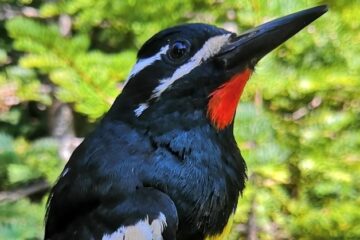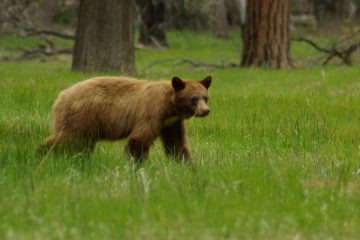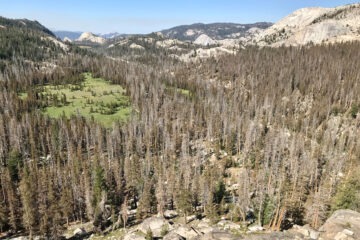We missed our last monthly recap, so we’ve got a double dose of things we saw, heard and did in the park, from our El Portal office to you. Here’s what happened in September and October…
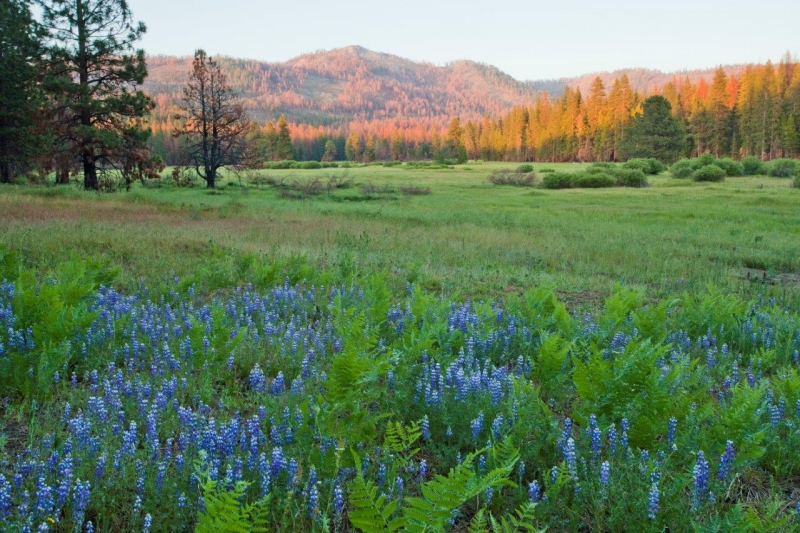
• Yosemite got an early birthday present this year: 400 new acres of protected habitat! A few weeks before the 126th anniversary of our third national park (established Oct. 1, 1890), the Trust for Public Land donated Ackerson Meadow to Yosemite, a gift made possible through the generous support of our donors (thank you!). The once privately owned meadow on the park’s western edge supports a diverse array of plants and animals, including some rare and endangered species.
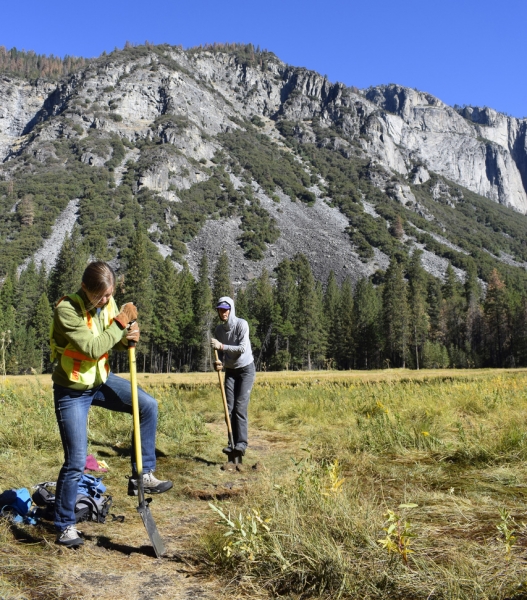
• Facelift, the annual parkwide volunteer clean-up, falls in late September. This year, some of our team lent a hand by heading into the Valley to remove social trails, the informal paths created by foot traffic in meadows and other sensitive habitats.
Toward the end of the week, we were delighted to help host a book-signing for two renowned climbers with recently published memoirs: Glen Denny (Valley Walls, from our publishing team) and Hans Florine (On the Nose). Glen also treated Facelifters to a Camp 4 photo tour based on his black and white images of the climbers’ stomping ground during the 1960s.
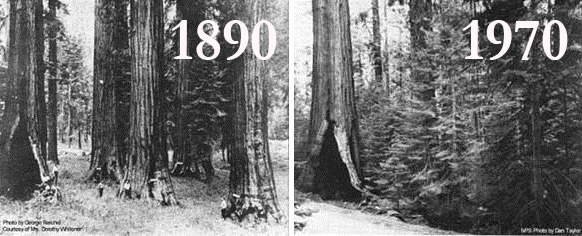
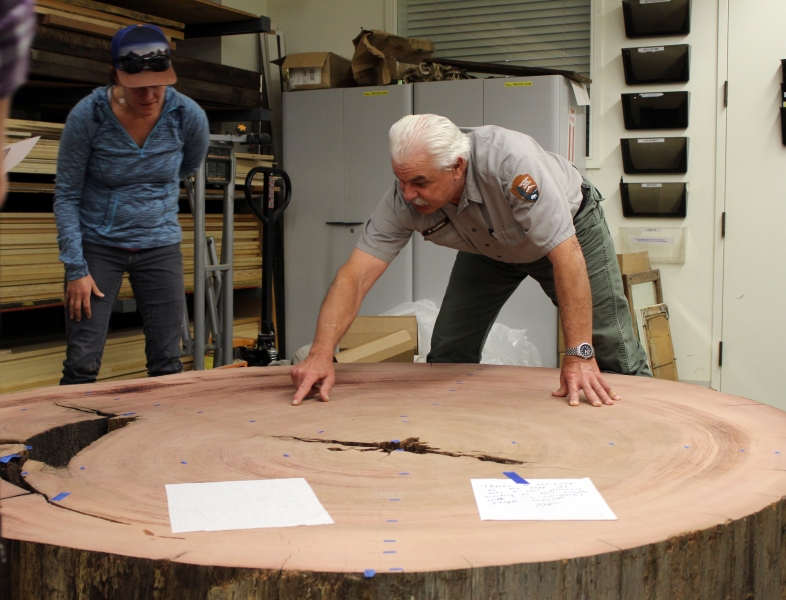
• Speaking of Mariposa Grove, we got a sneak peek at one of the new educational elements that well be installed as the restoration wraps up next year: a cross-section from a giant sequoia.
The sequoia in question is the 199-foot tall Iowa Tree, which fell in the grove in 1954, when it was 805 years old. The section, a 7.5-foot wide slice from 80 feet up the trunk, was surfaced by Yosemite’s historic preservation team and analyzed by dendrochronology experts. The stories told in this wood, such as how the sequoia survived insect and fire damage, will help visitors grasp the size, longevity and resilience of these remarkable trees.
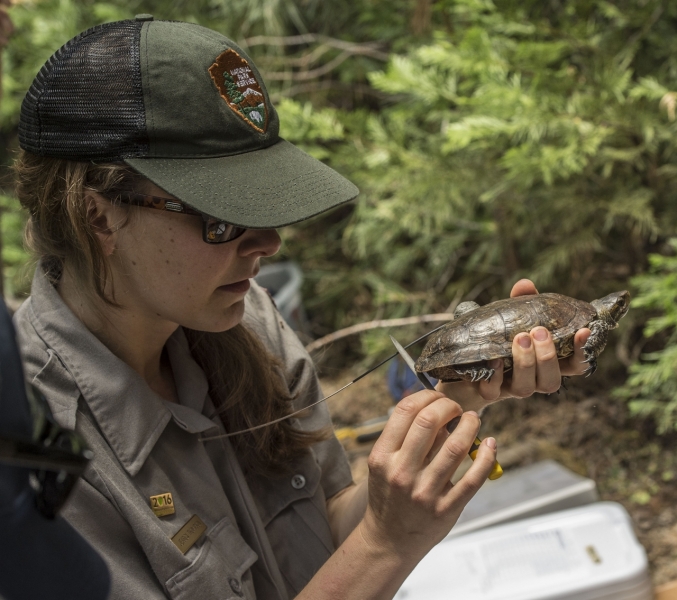
• Fall means the end of the field season for many of the projects our donors fund in the park.
The Ask a Climber program ended in mid-October, after a season of answering visitors’ big wall FAQs and sharing information about the ecology, geology and history of Yosemite’s vertical environment.
This year’s two backcountry California Conservation Corps (CCC) crews convened at Camp Mather to reflect on months spent learning and working in the wilderness (check out our CCC before and after portraits).
And after being monitored closely by aquatic biologists throughout the summer and early fall, Yosemite Valley’s new population of western pond turtles is heading into hibernation.
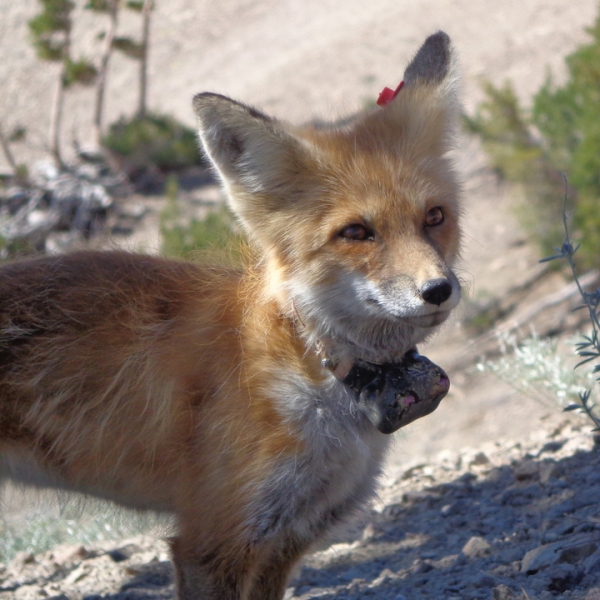
• Not all projects wrap up in winter. During the colder months, wildlife crews will be scouring Yosemite’s wilderness for signs of the rare Sierra Nevada red fox. In addition to using remote motion-activated cameras to (hopefully!) capture images of the fox, they’ll be searching for scat. Specimens will be collected and analyzed to evaluate the Yosemite fox population’s genetic makeup and diet.
• With cold-weather crews gearing up for wilderness expeditions, we’re welcoming wintry signs in the high country — and a “second spring” in the Valley. October storms, including twelve hours of continuous rain, brought Yosemite Falls gushing back to life and left snow at the park’s higher elevations. Watch this timelapse from our waterfall webcam, courtesy of HalfDome.net:
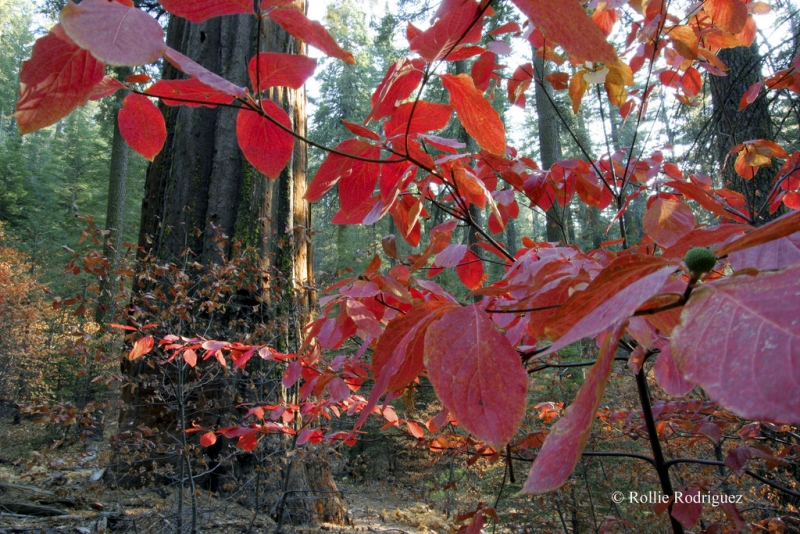
• Early winter, second spring … what about autumn, you ask? October is leaf-peeping season in the Valley. With days shortening, the lack of daylight inhibits photosynthesis. As leaves stop producing chlorophyll, their green hues fade, allowing other colors to show. Aspens, oaks, shrubs and low-growing herbaceous plants create a backdrop of yellow, red, brown and purple. The striking (albeit non-native) sugar maple by the Yosemite Chapel stands out as a scarlet signal of the season. Good bets for fall foliage include Southside Drive, Crane Flat, Happy Isles, and Big Oak Flat Road.
Our art programs and theater shows are done for the season, but will be back in the spring with a fresh calendar full of expert-led workshops and top-notch performances! In the meantime, start planning your next Yosemite trip by checking out our Outdoor Adventures (or work with us to create your own custom experience).
See you in the park, and thanks for reading!

